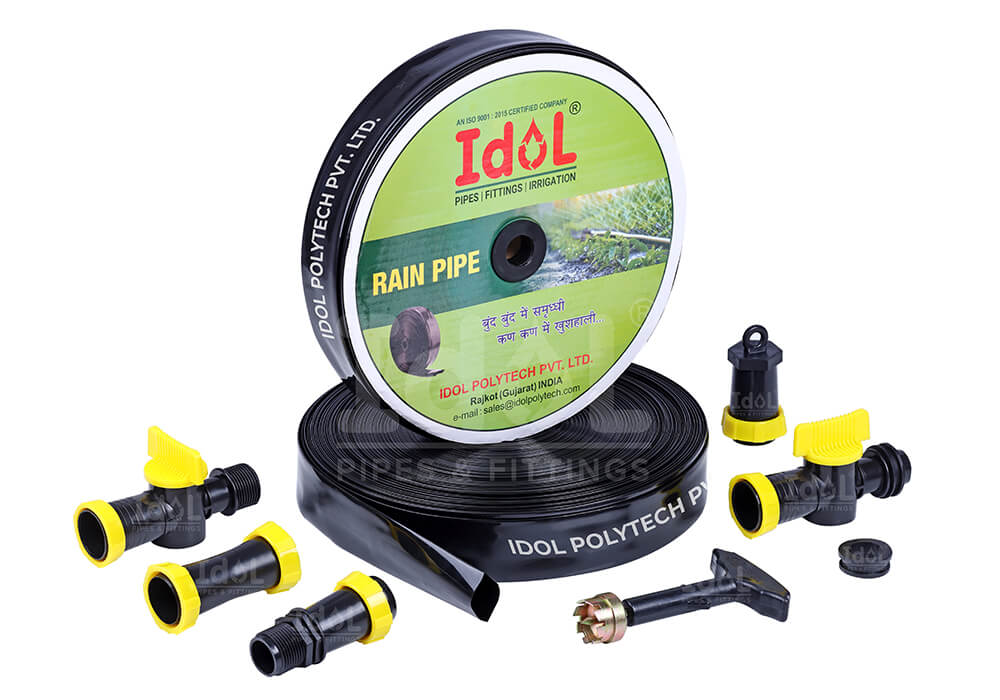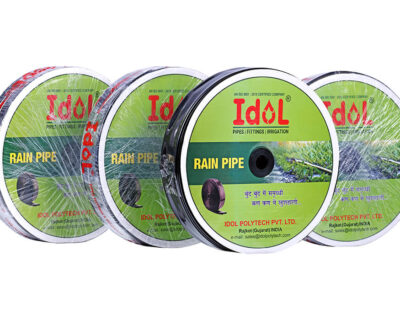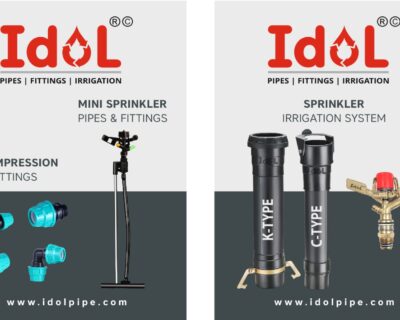Updates

Optimizing Agriculture: The Role of Rain Pipes and Accessories
Agriculture has always been at the mercy of weather patterns, and water management plays a pivotal role in ensuring successful crop cultivation. In recent years, innovative irrigation solutions have gained prominence, and among them, rain pipes and related accessories have emerged as game-changers for farmers around the world. This article delves into the functionality, benefits, and accessories associated with rain pipes in the context of modern agricultural practices.
The Rain Pipe Advantage:
Rain pipes, also known as rain hose or rain tape, are flexible, perforated tubes designed for efficient and uniform water distribution. Unlike traditional irrigation methods, rain pipes offer a more controlled and targeted approach to watering crops. These systems are particularly beneficial in areas facing water scarcity or where conventional irrigation systems prove to be less efficient.
Key Features of Rain Pipes:
- Flexibility: Rain pipes are highly flexible and can be easily adjusted to fit the layout of different fields. This flexibility allows farmers to customize irrigation systems based on the specific needs of their crops.
- Uniform Water Distribution: The perforations along the length of the rain pipe ensure a consistent and even distribution of water across the entire field. This uniformity is crucial for promoting optimal crop growth and minimizing water wastage.
- Water Conservation: Rain pipes contribute to water conservation by delivering water directly to the root zones of plants. This targeted approach reduces evaporation and runoff, making irrigation more efficient and environmentally friendly.
- Easy Installation: Compared to traditional irrigation systems, rain pipes are relatively easy to install. They can be laid out quickly, saving farmers valuable time and labor.
Accessories Enhancing Rain Pipe Efficiency:
- Filter Systems: Installing filters at the water source helps prevent debris from clogging the perforations in rain pipes. This ensures a smooth and uninterrupted flow of water, maintaining the system’s efficiency.
- Pressure Regulators: Controlling water pressure is crucial for optimizing the performance of rain pipes. Pressure regulators help maintain a consistent pressure level, preventing damage to the pipes and ensuring uniform water distribution.
- Connectors and Couplings: These accessories facilitate the seamless connection of rain pipes, allowing farmers to cover larger areas and adapt the system to the unique layout of their fields.
- Drip Emitters: Integrating drip emitters along with rain pipes enables precise water delivery to individual plants. This micro-irrigation method is especially beneficial for crops with specific water requirements.
Conclusion:
In the ever-evolving landscape of agriculture, embracing innovative irrigation solutions is imperative for sustainable and efficient farming practices. Rain pipes, with their flexibility, water conservation benefits, and the support of accessories, have proven to be a valuable asset for modern farmers. As we continue to face challenges such as water scarcity and changing climate conditions, the integration of rain pipes and associated accessories marks a significant step towards a more resilient and productive agricultural sector.
See our Products:
- Rain Pipe And Accessories
- Flat Drip Irrigation System
- Sprinkler Irrigation System
- Plain Drip Irrigation System
Contact on: hdpe@idolpipe.com/+91-99254 55255


